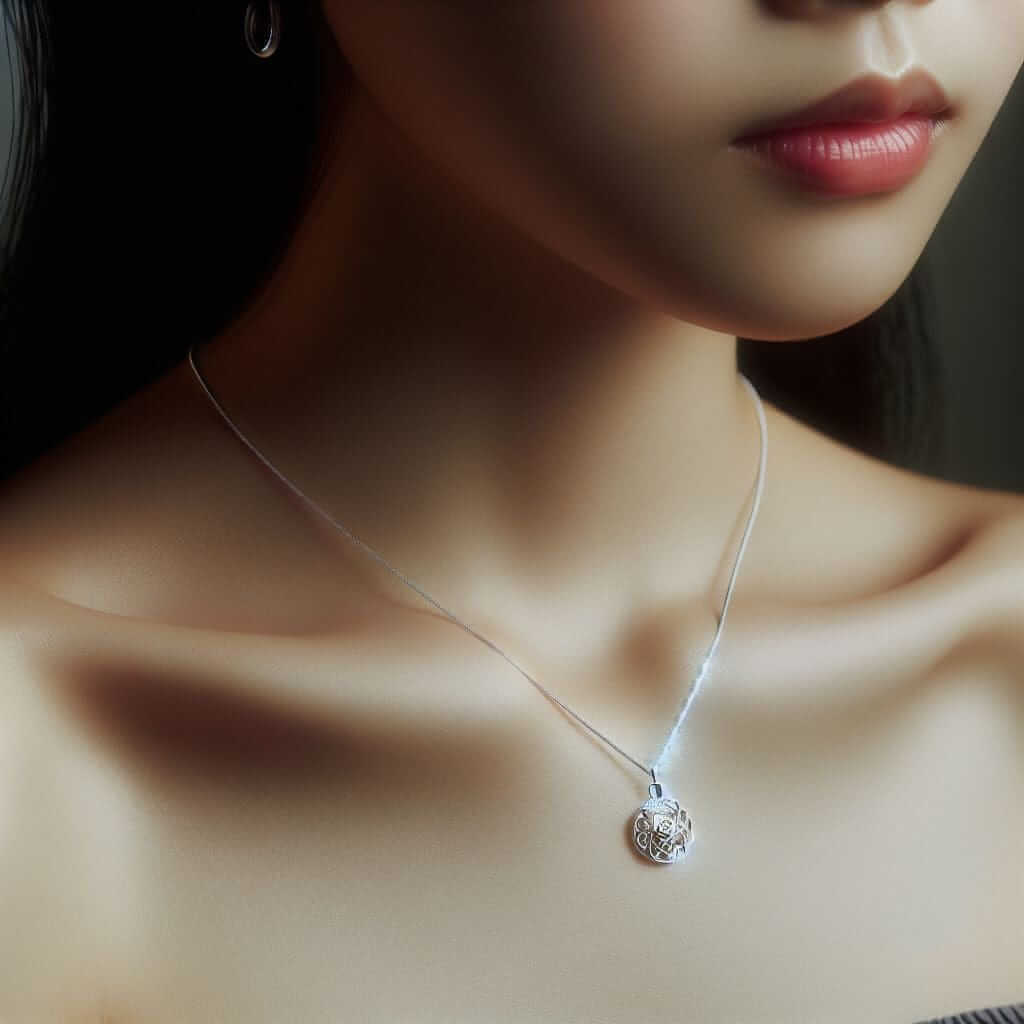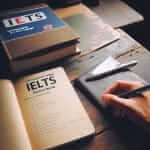As an IELTS instructor with over two decades of experience, I’ve encountered countless questions that frequently pop up in the IELTS Speaking test. One such question is “What kind of jewelry do you like?”. This seemingly simple question can actually offer a wealth of opportunities to demonstrate your English proficiency. Let’s delve into how you can tackle this question effectively and impress your examiner.
Understanding the Question’s Significance
The examiner isn’t merely interested in your jewelry preferences. This question is designed to assess your ability to:
- Vocabulary Range: Can you use a variety of adjectives to describe jewelry? Do you know the names of different metals, stones, and styles?
- Fluency and Coherence: Can you deliver a smooth and organized response, connecting your ideas logically?
- Grammatical Accuracy: Can you use a mix of simple and complex sentences accurately?
Crafting Your Response
1. Expressing Your Preference
Start by directly answering the question. Use clear and concise language to express your likes and dislikes.
Examples:
- “I’m particularly fond of silver jewelry, especially rings with intricate designs.”
- “I wouldn’t say I’m a big fan of jewelry, but I do appreciate a nice watch.”
- “I find gold jewelry a bit too flashy for my taste. I prefer more understated pieces.”
2. Elaborating on Your Choice
This is where you can showcase your vocabulary and fluency. Explain why you like a particular type of jewelry.
Think about:
- Materials: Gold, silver, platinum, leather, beads, etc.
- Styles: Modern, vintage, minimalist, bohemian, etc.
- Design elements: Gemstones, engravings, patterns, etc.
- Personal significance: Family heirlooms, gifts from loved ones, etc.
Examples:
- “I’m drawn to silver because it’s elegant and timeless. I also love the way it looks against my skin tone.”
- “My grandmother left me a beautiful antique brooch that I cherish. It’s made of gold and has delicate floral engravings.”
- “I recently bought myself a pair of earrings with tiny turquoise stones. I love how the color pops against my dark hair.”
3. Adding a Cultural Perspective
Sharing your cultural background can add depth to your answer.
Examples:
- “In my culture, gold jewelry is often given as a symbol of prosperity and good luck.”
- “We have a tradition of wearing jade bracelets. It’s believed to bring good health and fortune.”
 Minimalist Silver Necklace
Minimalist Silver Necklace
Example Response
“I’ve always been drawn to minimalist jewelry, particularly pieces made from silver or platinum. I find them incredibly elegant and timeless. I especially love delicate necklaces with small pendants, like a single pearl or a geometric shape. There’s something very understated yet sophisticated about such designs. I also appreciate the craftsmanship that goes into creating intricate details on jewelry. My grandmother gave me a beautiful silver ring with a Celtic knot pattern that I absolutely adore. It’s not just a piece of jewelry; it’s a reminder of her love and our heritage.”
Tips for Success
- Be Authentic: Speak about jewelry you genuinely like. Your enthusiasm will shine through.
- Use a Variety of Vocabulary: Avoid repeating the same adjectives like “nice” or “beautiful.”
- Practice Speaking Aloud: Rehearse your answers to develop fluency and confidence.
- Don’t Memorize: Focus on understanding the question type and structuring a response naturally.
Remember, the “What kind of jewelry do you like?” IELTS Speaking question is an opportunity to showcase your language skills in a creative and engaging way. By preparing thoughtfully and speaking with confidence, you can turn a simple question into a successful demonstration of your English proficiency.


